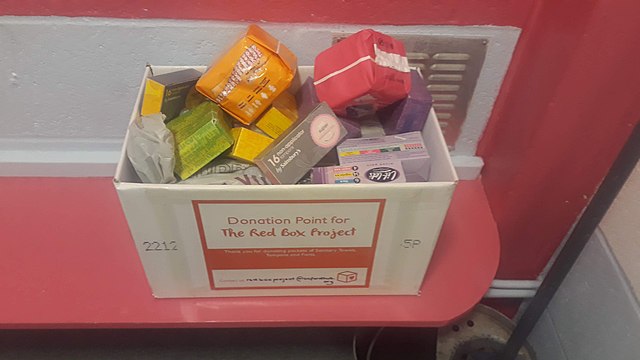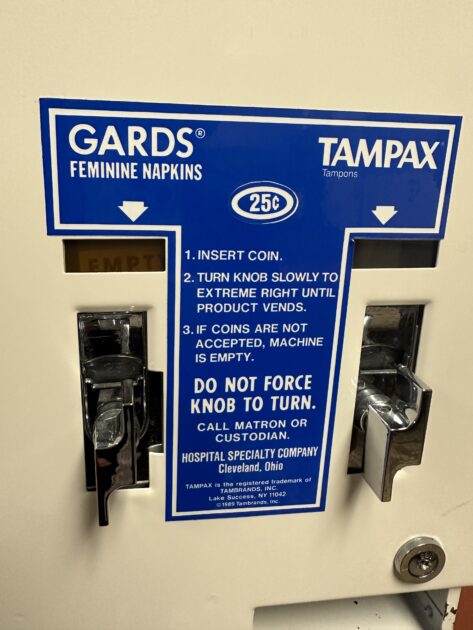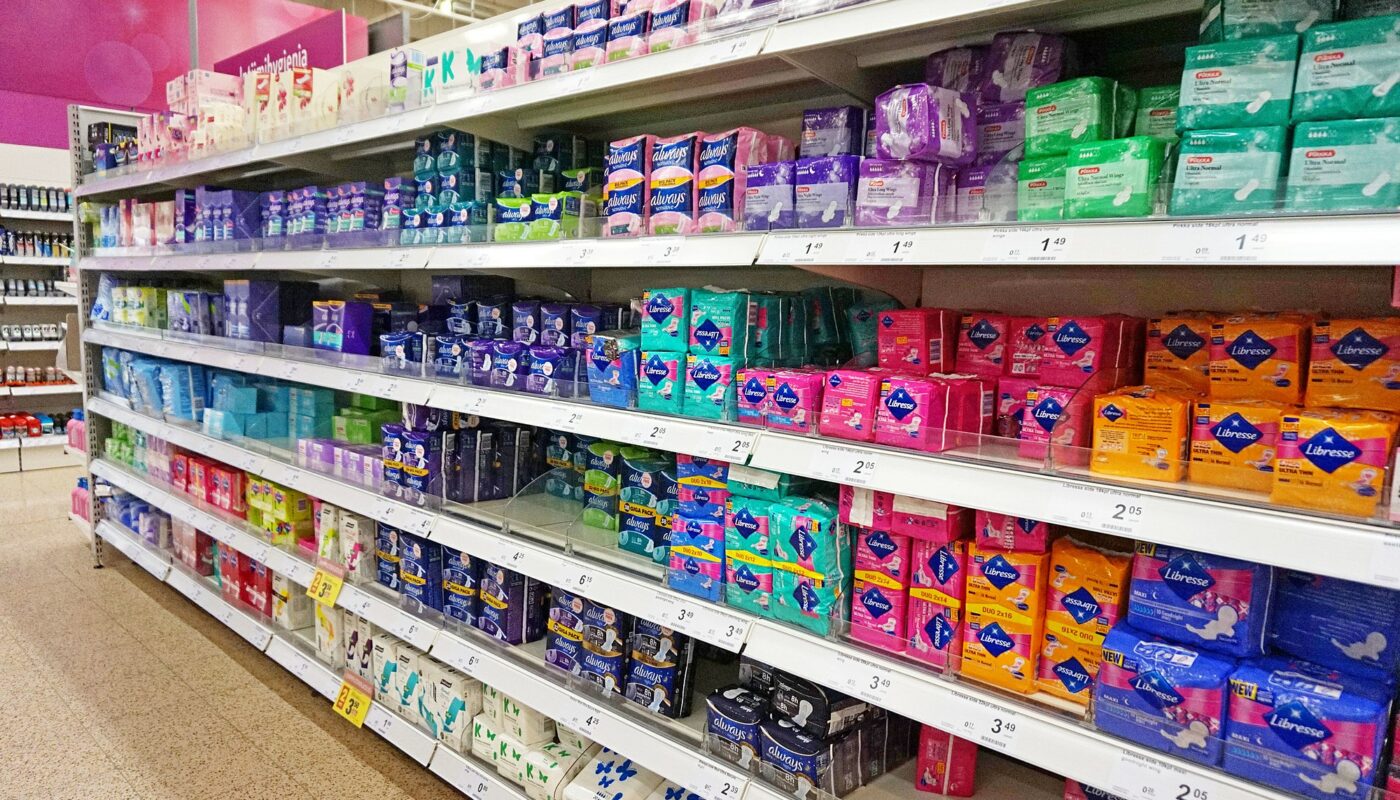Menstrual inequality is the, “systematic disparities in accessing menstrual health and education, menstrual products and spaces for menstrual management,” where the lack of access to resources leads to higher risk in menstrual health outcomes.
Menstrual health is defined as “a state of complete physical, mental, and social well-being and not merely the absence of disease or infirmity, in relation to the menstrual cycle.”
The Global Menstrual Collective states that menstrual health also includes “information about the menstrual cycle, its link to reproductive health and rights, and how to take care of their bodies; be able to make informed choices about menstrual products and practices and be socially supported to participate freely in daily activities free from menstrual-related discrimination; have access to health services for menstrual disorders; and have a safe physical environment with water and sanitation facilities and services that support menstrual health and waste management.”
The “time of the month” is not just the period. The menstrual cycle starts with the bleeding, but it doesn’t stop there. After the period comes the follicular phase, ovulation phase and the luteal phase.
The average length of a full menstrual cycle is around 28 days.
Hormones released by the pituitary gland of the brain and ovaries line the uterus so it can thicken in case a pregnancy occurs, so an egg can implant into the uterine lining.
If a pregnancy doesn’t occur, the lining of the uterus sheds through the vagina for around three to five days. This is the menses phase which begins the menstrual cycle.
Days six to 14 is the follicular phase where the hormone estrogen rises, causing the lining of the uterus or the endometrium to grow and thicken. Then the follicle-stimulating hormone (FSH) causes follicles in your ovaries to grow where in days 10 to 14, one of the developing follicles will fully form a mature egg (ovum).
On day 14, ovulation occurs. This is where the luteinizing hormone (LH) makes the ovary release its egg.
On days 15 to 28, the luteal phase occurs. This is where the egg leaves the ovary and travels through the fallopian tubes up to the uterus. The hormone progesterone also rises to prepare the uterine lining for pregnancy. During this process, an egg can become fertilized by sperm and attach itself to the uterine wall.
If pregnancy doesn’t occur, estrogen and progesterone levels drop and the thick lining of your uterus sheds during the period or menses phase and the cycle starts once again.
Menstruators often have their menarche—first period– around ages eight to 12. Around the university’s campus, students felt period education should be taught early—before puberty hits–so kids are prepared or at least know what’s to come because no kid expects to start bleeding in the middle of school.

One student, Rani Thigpen, suggested, “I feel like it should be taught at a young age, fourth or fifth grade. Because I had it [period] at school, I didn’t know what was going on because I didn’t expect that.”
Another student backed Thigpen, “Period education is very important. We don’t have enough of that, especially for people who are experiencing periods for the first time, they don’t know what’s happening to them and we should get them ready for that.”
Jillian Fitzpatrick, a student with the privilege to have gotten proper period education, said, “Period education isn’t talked about because people don’t know about what’s going on in their body. I was fortunate enough to go to high school that provided period education—should’ve been earlier. I know enough to give guidance and know myself.”
Yet when asking male students, most didn’t know what a period was and didn’t have any input on period education, meaning they need period education the most.
Period education isn’t required to be taught in public schools until the sixth grade. According to Yahoo, “only in 30 states and Washington, D.C., mandate sexual education in schools, but not all of them require medical accuracy.”
Therefore, many menstruators vary on where and how they receive their menstrual knowledge. It could come from their mothers yet their information isn’t always accurate and might perpetuate cultural taboo myths. Menstruators with no mothers could have fathers, but they may be just as unaware.
Now with the internet, there are many informational videos explaining what periods are and what is needed.
Part of menstrual inequality is how expensive basic hygienic products, let alone at least three pads a day. Menstrual products are a necessary, not extra, cost to feel comfortable and hygienic. Yet, period poverty still exists.

Period poverty is being unable to purchase the menstrual products needed because of the pink tax—an increase in price on products marketed towards women in a world where women earn less than men.
The pink tax suggests menstrual products are luxury items for women and not medical necessities even though “70% of reproductive and physical health issues that can lead to death, toxic overdose or maternal mortality stem from unsafe menstrual practices.”
In many cases, those who experience period poverty are often forced to make their own menstrual products out of unsanitary items like toilet paper and rags. This can lead to urinary tract infections, yeast infections, bacterial vaginosis, and even toxic shock syndrome, which, while rare, can occur if a tampon is left in for too long.
According to BMC Women’s Health, period poverty affects 500 million people, two-thirds of women in the U.S., 24.5% of Latina women, 19% of Black women and 11.7% of white women. On average, one out of five menstruators have to go without sanitary products because they can’t afford them.
Sustainable alternatives are recommended to save almost $100 per year from the usual estimated $9,000 over a lifetime. Sustainable menstrual products are menstrual cups, which last up to 10 years, period underwear and reusable pads, which last over 20 cycles.
Yet various sanitary products should be provided and replenished in every public restroom. This should be free, not having to put a quarter in as if it were a gumball machine.
Few schools are mandated to provide free menstrual products yet they don’t actively replenish when desperately needed.
Ending menstrual inequality starts with everyone as a community advocating for increased access to menstrual products, having comprehensive puberty education and reconsidering shaming menstruation through charitable programs, legislative changes and further research.


